latest

OnePlus just upped the ambient display ante with OxygenOS 11 Open Beta 2 for OP8 phones
Ambient display has never been so aesthetic
Google may have set the pace in releasing a stable version of Android 11 for its phones earlier this month, but OnePlus isn't far behind. After debuting Open Beta 1 for OxygenOS 11 on September 8, the company is already pushing out Open Beta 2 to devices in the OnePlus 8 family. The new update fixes bugs and improves stability, but it also introduces a new feature that takes ambient display to the next level aesthetically.
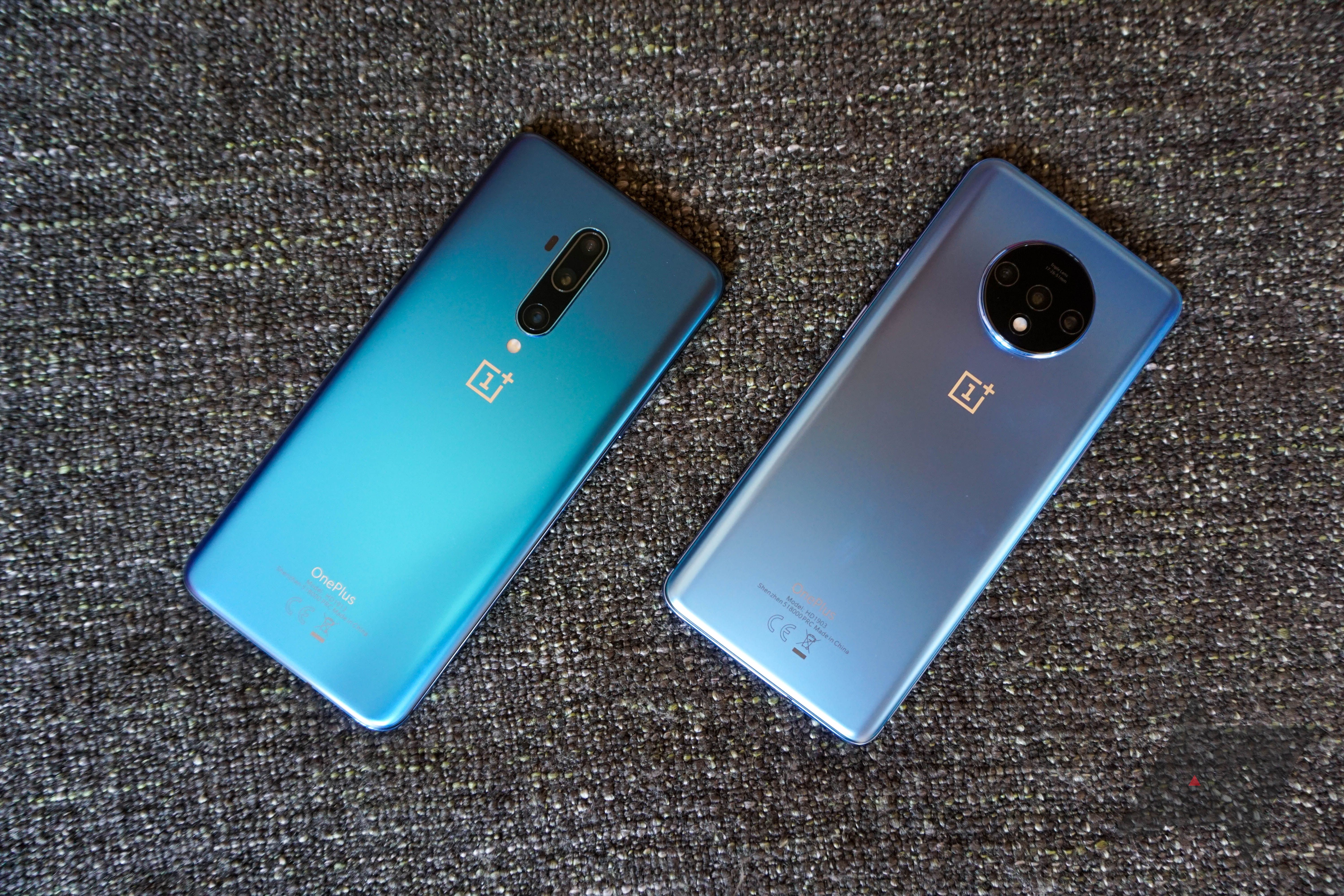
OnePlus has just posted downloadable images for the latest Oxygen OS Open Beta updates across the entire 7 and 7T series. Both updates (Open Beta 4 for the 7T/7T Pro and Open Beta 14 for the 7/7 Pro) include a handful of the usual bug fixes and improvements, plus May security patches, but there are two noteworthy features: Call recordings now appear in call history (in markets that have that feature), and the ambient display feature has picked up some eminently snazzy new clock styles.
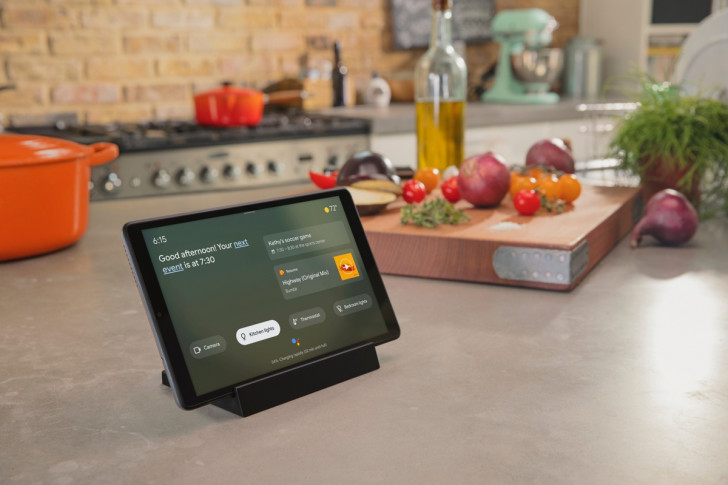
Read update
- Google has made Ambient Mode official without much fanfare. A YouTube video and a couple of tweets mention its launch, but only for "select devices" with Android 8.0 and above. Google has confirmed to Ron Amadeo that Ambient Mode will come to Nokia, Xiaomi, Sony, and Transsion phones, plus the Lenovo Yoga Smart Tab and the Lenovo Smart Tab M8 HD with charging station. No Pixels or Samsung or Huawei in sight.
When Google first introduced the Google Assistant Ambient Mode, it was initially limited to smart displays. Then at IFA 2019, Google introduced a version for portable devices, such as tablets and phones, turning them into something like a Google Nest Hub when they're docked or being charged. After being initially available for only a handful of tablets and phones, the Assistant ambient mode is starting to roll out to more phones.
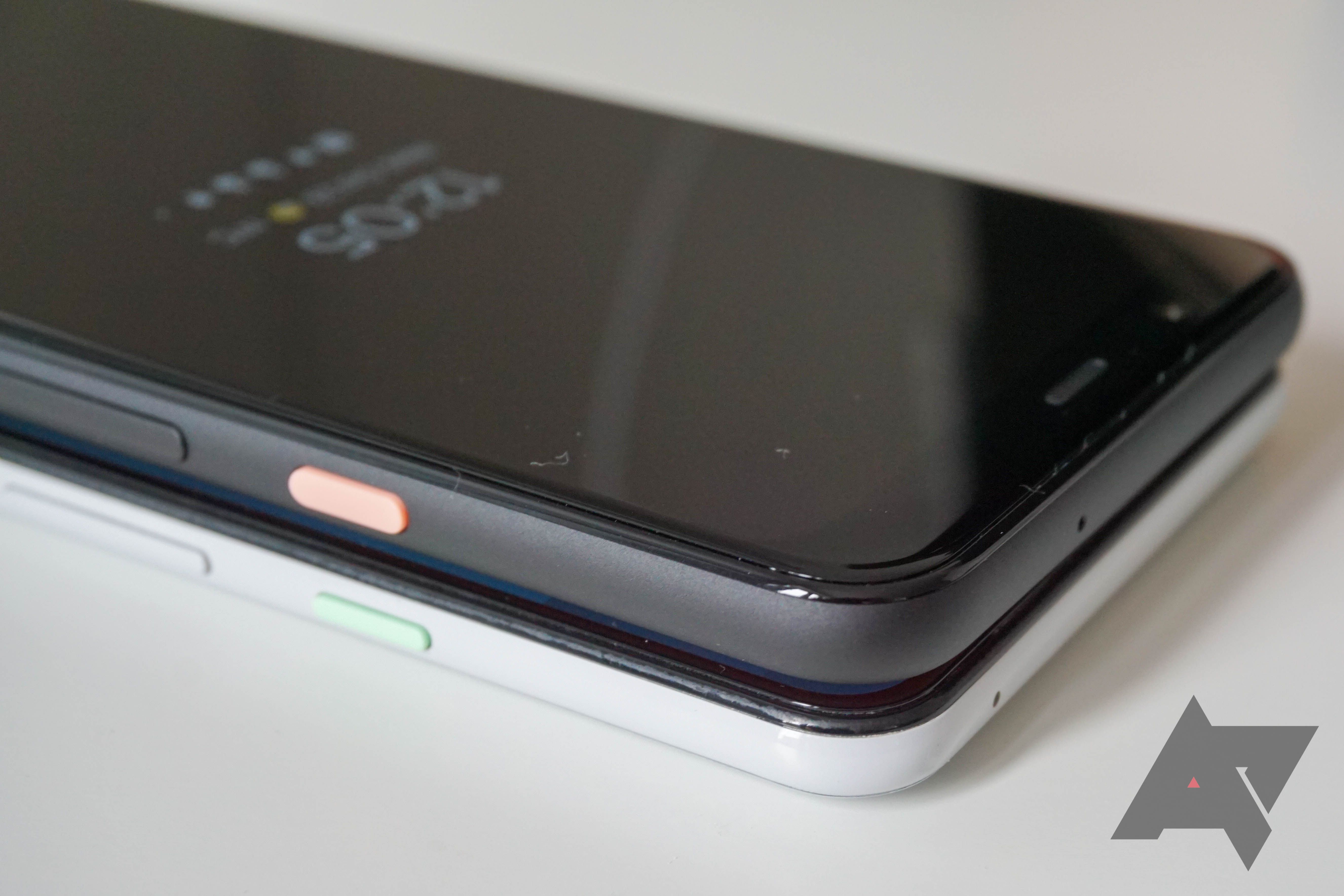
With the Pixel 4 finally shipping to users and reaching more and more hands, we're starting to get wind of a few quirks we didn't expect. Due to the new Soli radar chip, some features you may have grown accustomed to might behave differently, like lockscreen notifications being hidden and the Always-on display automatically turning off after about 30 seconds.
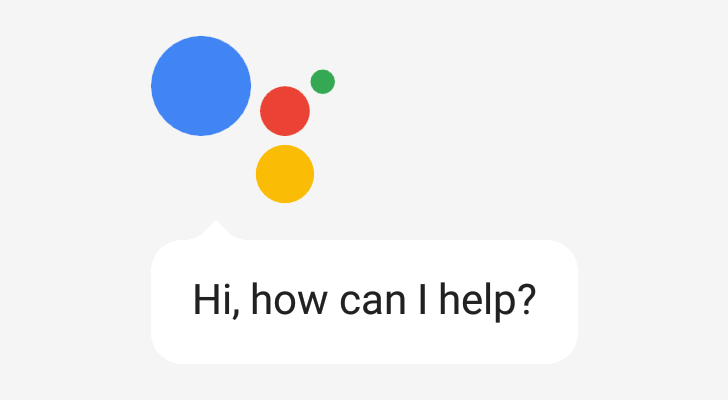
Google Assistant has quickly grown from a simple voice control app to a full-blown product that encompasses many elements of Google's software strategy, proactively providing people with data about themselves. After showing off the super-fast, hardware-specific next-gen Assistant at I/O, Google is still looking to improve the experience for everyone. It appears that the company is working on bringing Assistant updates to the Ambient Display.
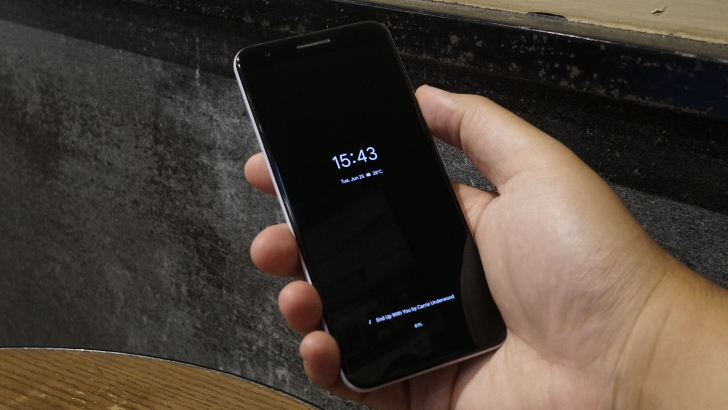
Count yourself lucky if you have a phone that can keep its display on to show you the time or a late notification without the need to blast all of the screen with light. Well, except for when you pull your phone out of your pocket — the panel goes on blast and your eyes are the worse for it. Plenty of people do and one such person has gone out of their way to request always-on display palm rejection from Google — and they're going to get it.
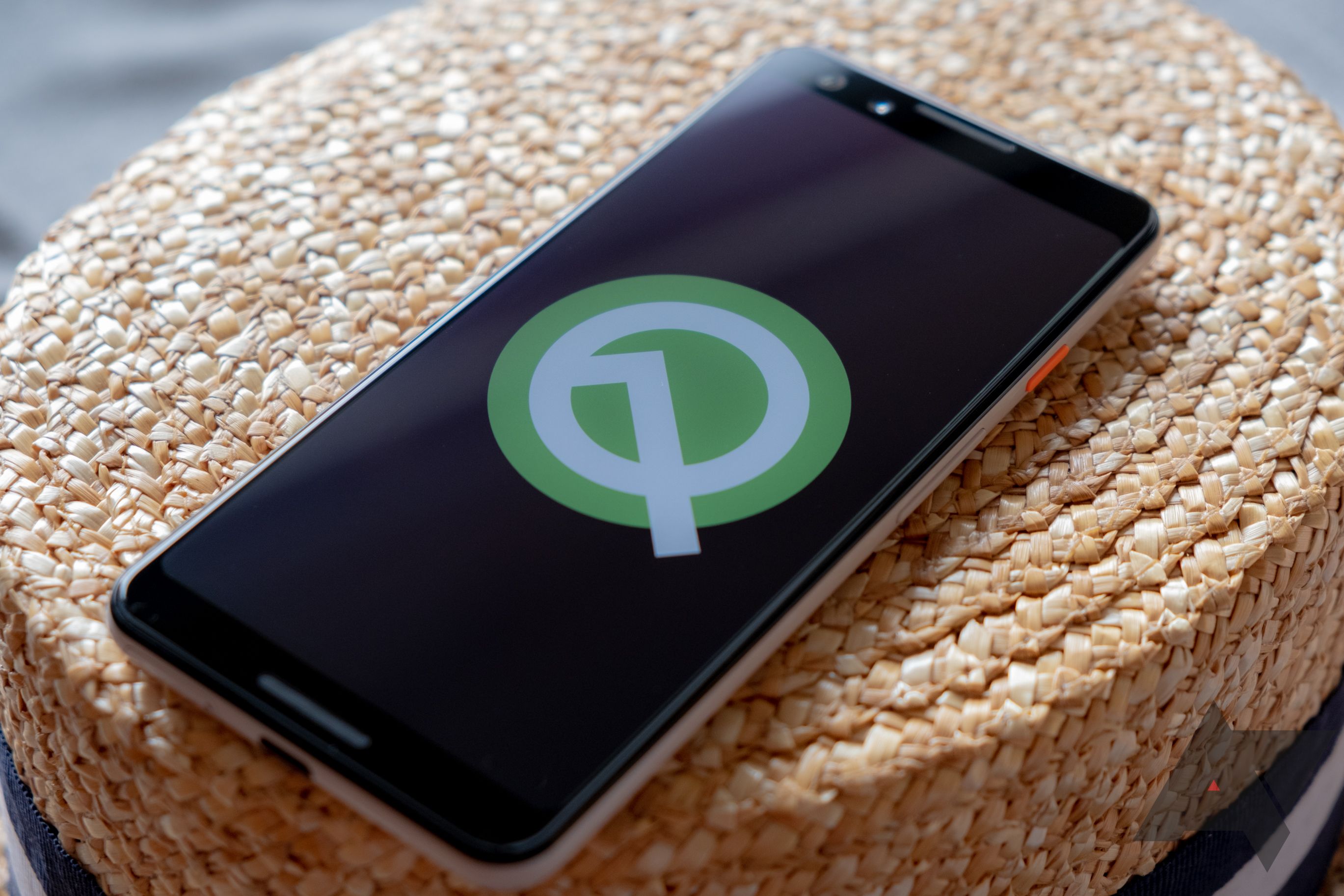
We've already covered well over 200 changes in the public betas of Android Q, but many of those are smaller tweaks that aren't quite important enough to be covered in dedicated posts. Following our coverage of Beta 1, 2, and 3, here are all the minor changes in Android Q Beta 4.

Android Q is full of new features and major changes, but there are also plenty of minor tweaks that most people probably wouldn't notice — ranging from much-appreciated changes to possible bugs. We already covered all the little changes in Android Q Beta 1, but Beta 2 has even more of them.
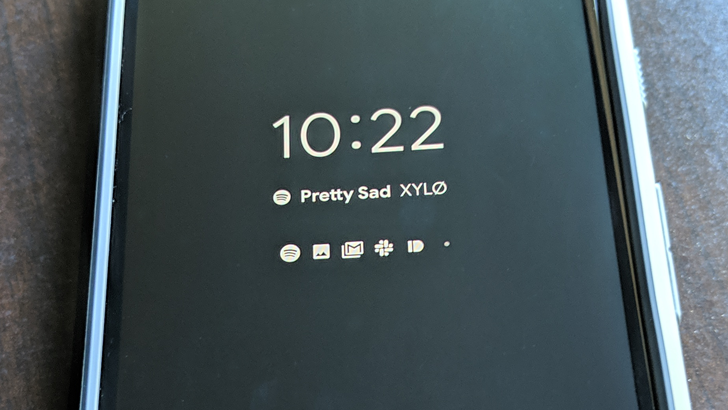
Although Android Q's Ambient Display seems pretty much unchanged at first glance, we keep discovering small modifications in it that are interesting. One of these is that you can see the full track title, and possibly even artist, on the always-on display without unlocking your phone. We've verified this with Spotify, Pocket Casts, YouTube Music, and Google Play Music, but it will likely happen with all apps that surface a music notification.
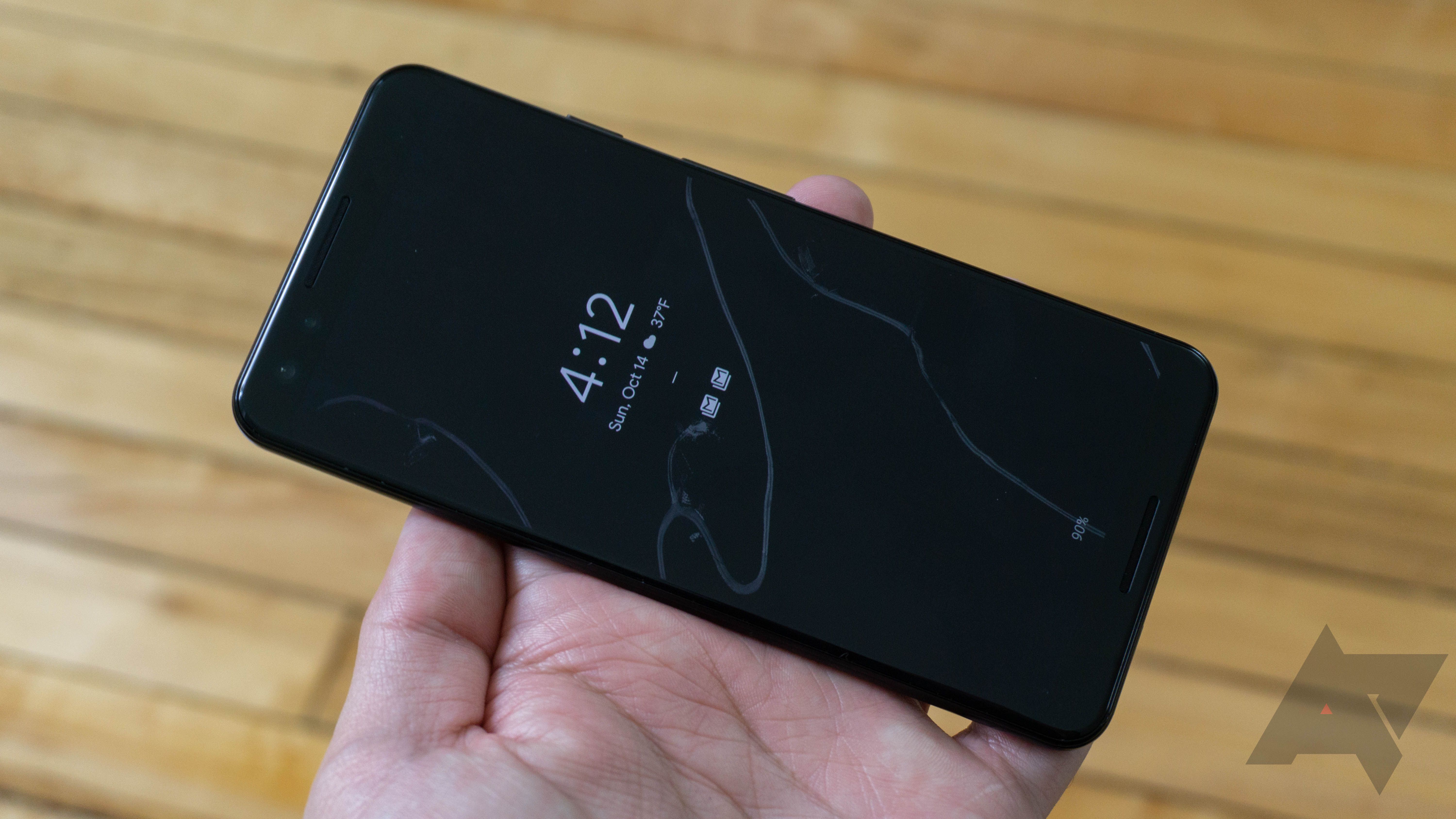
Google is kicking off April right with security updates for its Pixel phones. Bundled within this month's patches is a fix for the Pixel 3 and Pixel 3 XL's Ambient Display flashing issue, which has been plaguing some phones for months. Several other fixes are also mentioned in the update bulletin.
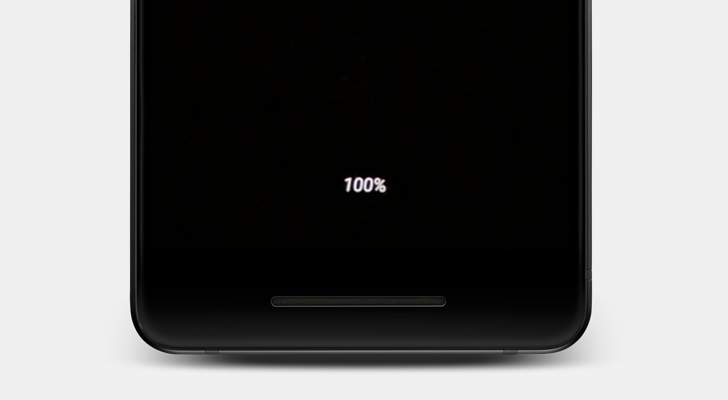
The Ambient Display feature in stock Android usually receives a change or two with every new major update, and Android P is no exception. Last year, there was a major push for Google to add the current battery percentage to the Ambient Display, and the feature request currently has nearly 4,000 stars on Google's issue tracker.
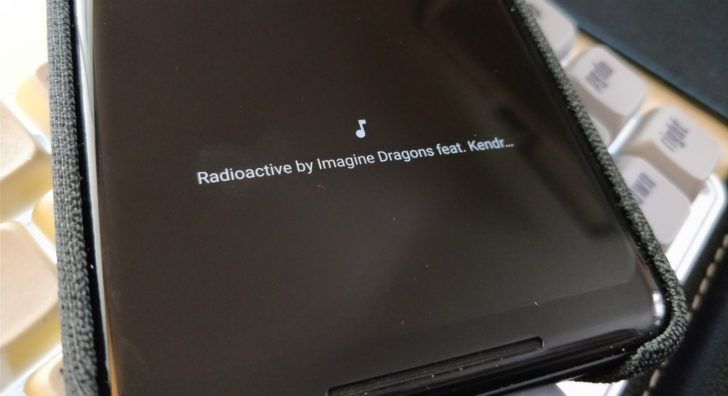
The Pixel 2 has been in and out of the news here for issues both major and minor, and today we have a somewhat humorous one. Apparently, it is possible for installed apps, like Words With Friends 2, to interfere with the "Now Playing" music recognition feature. Google is aware of the issue, though, and thankfully it's not that big a problem.
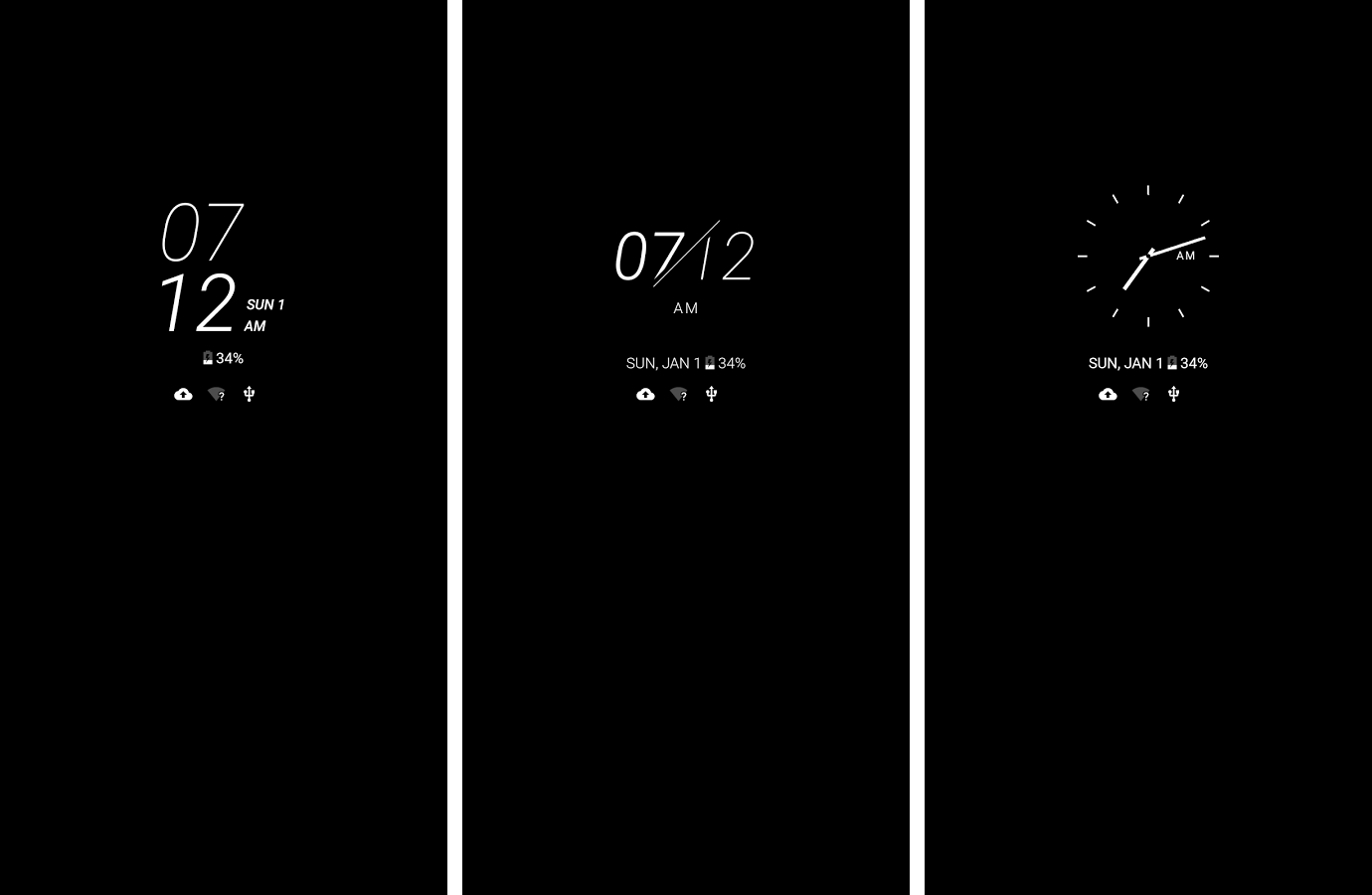
The upcoming HTC U11+ promises to be an interesting device (unless you live in the US, where it won't be released – sorry). It's apparently what became of 'Muskie,' the canceled HTC-made Pixel 2 XL, so we're expecting a premium smartphone that could be HTC's best yet. My initial reaction to it was very positive, anyway.
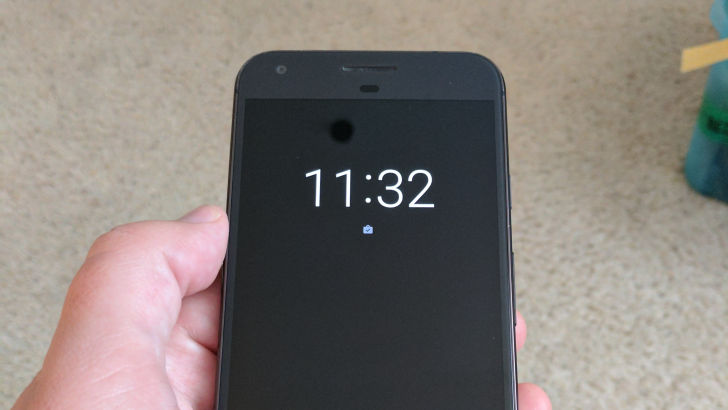
The latest Android developer preview is filled with lots of incremental changes, many of which are thoughtful and useful. It wouldn’t be possible for Google to get everything right in a beta release, though, and this alteration seems to be more of a backward step.
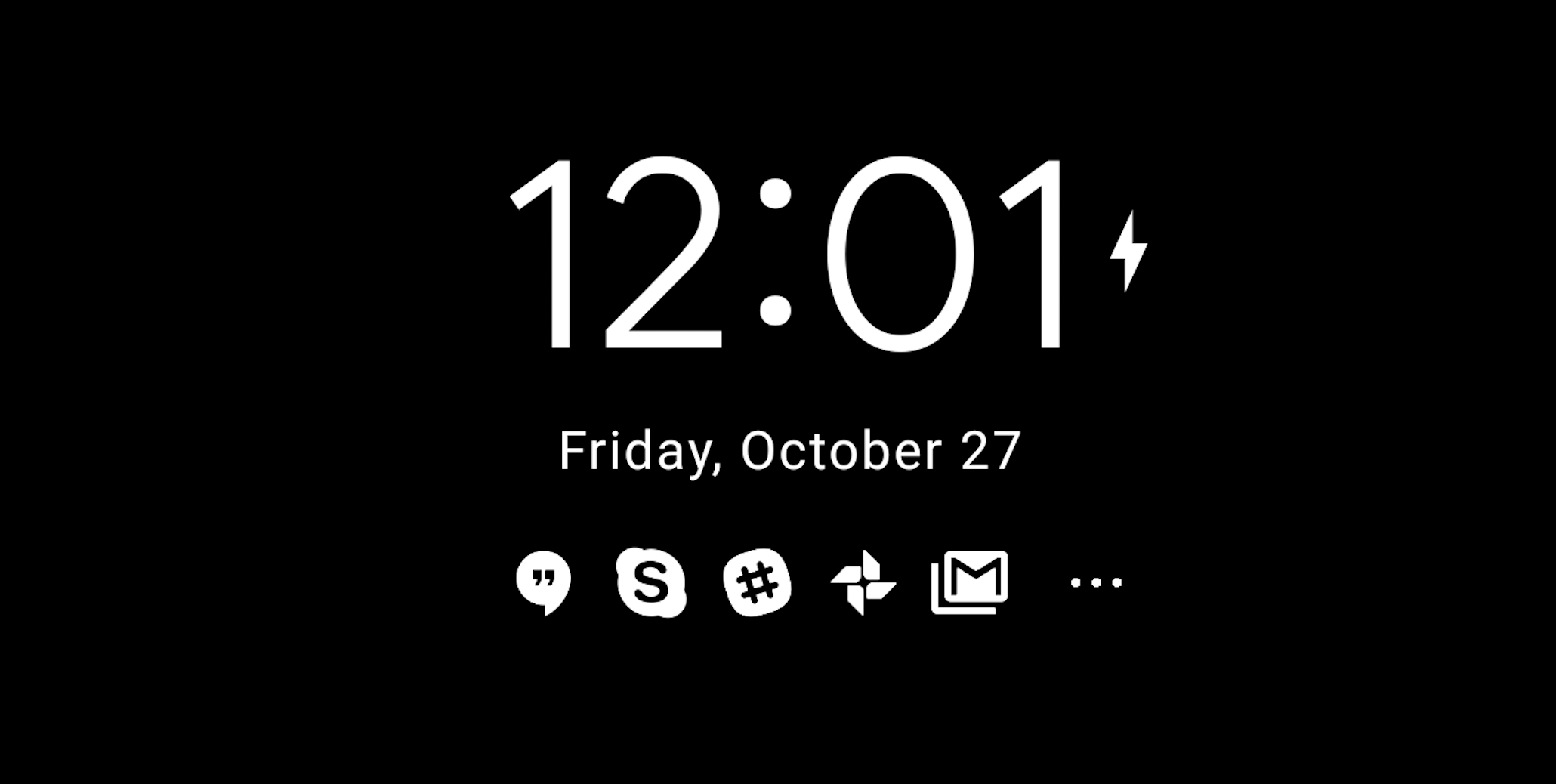
These days, a lot of phones come with some form of ambient/always-on displays. Samsung, Motorola, LG, and Google all have phones with a variant of this feature, and it can really come in handy if you just need to check something in a pinch. But while Google has updated its Ambient Display with 8.1 Oreo, it's still missing one crucial feature: battery level. However, you can help push Google to add it by starring this issue in its Issue Tracker.
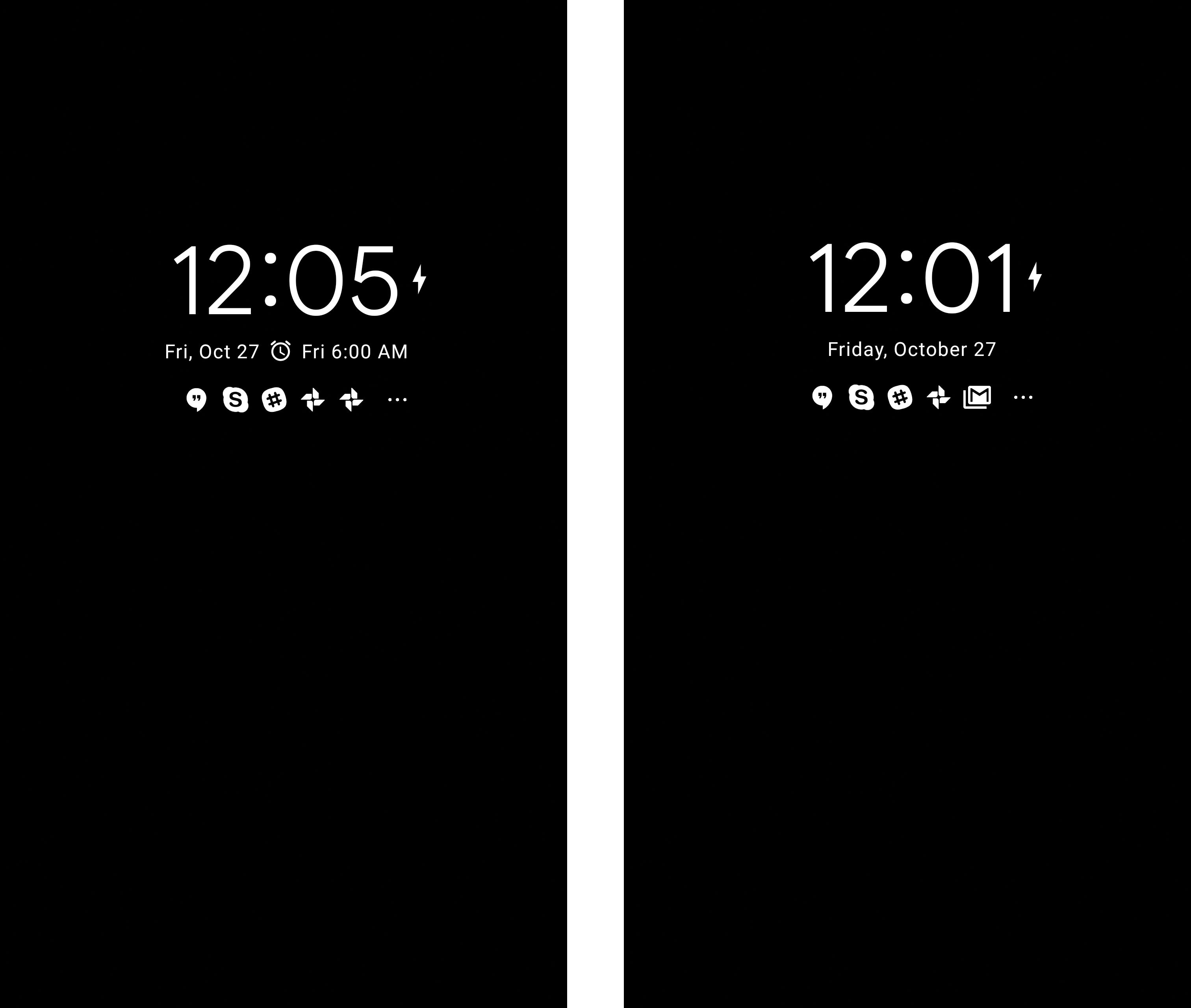
Google made some big changes to Ambient Display in 8.0, not all of which made people happy. It was a very minimal interface, rather than being a monochrome version of the lock screen. In Android 8.1, Google is adding a few new elements to Ambient Display, but it's still keeping the minimal vibe.

Ambient display on the Android O developer preview is doing some odd things right now. It's showing a minimal and less useful UI for some people, while others see something more akin to the old version. Whatever is going on there, we do know of one small (but useful) change to ambient display in O—covering the proximity sensor now puts the phone back to sleep.

Sometimes updates to Google products are two steps forward, one step back. Ambient display originally showed up in stock Android with the launch of the Nexus 6, which turns on the display for a few seconds when notifications arrive. It has remained a popular feature, but Android O changes it quite a bit.
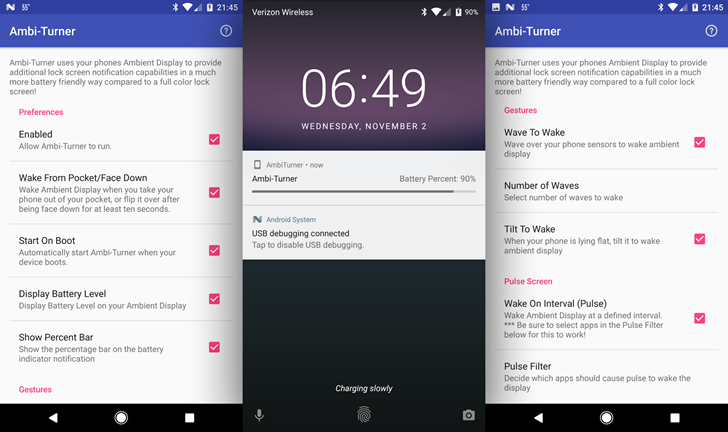
Google giveth, and Google taketh away. Nexus/Pixel buyers know this too well - from little-used features like lockscreen widgets to more interesting fare like wireless charging, a lot of things have showed up in one Nexus phone only to disappear in the next. The Pixel and Pixel XL, for example, are missing some of the ambient notification tools that debuted with the Nexus 6. But as usual, there's a developer willing to fill in the gap. Check out Ambi-Turner if you want some of those features back.
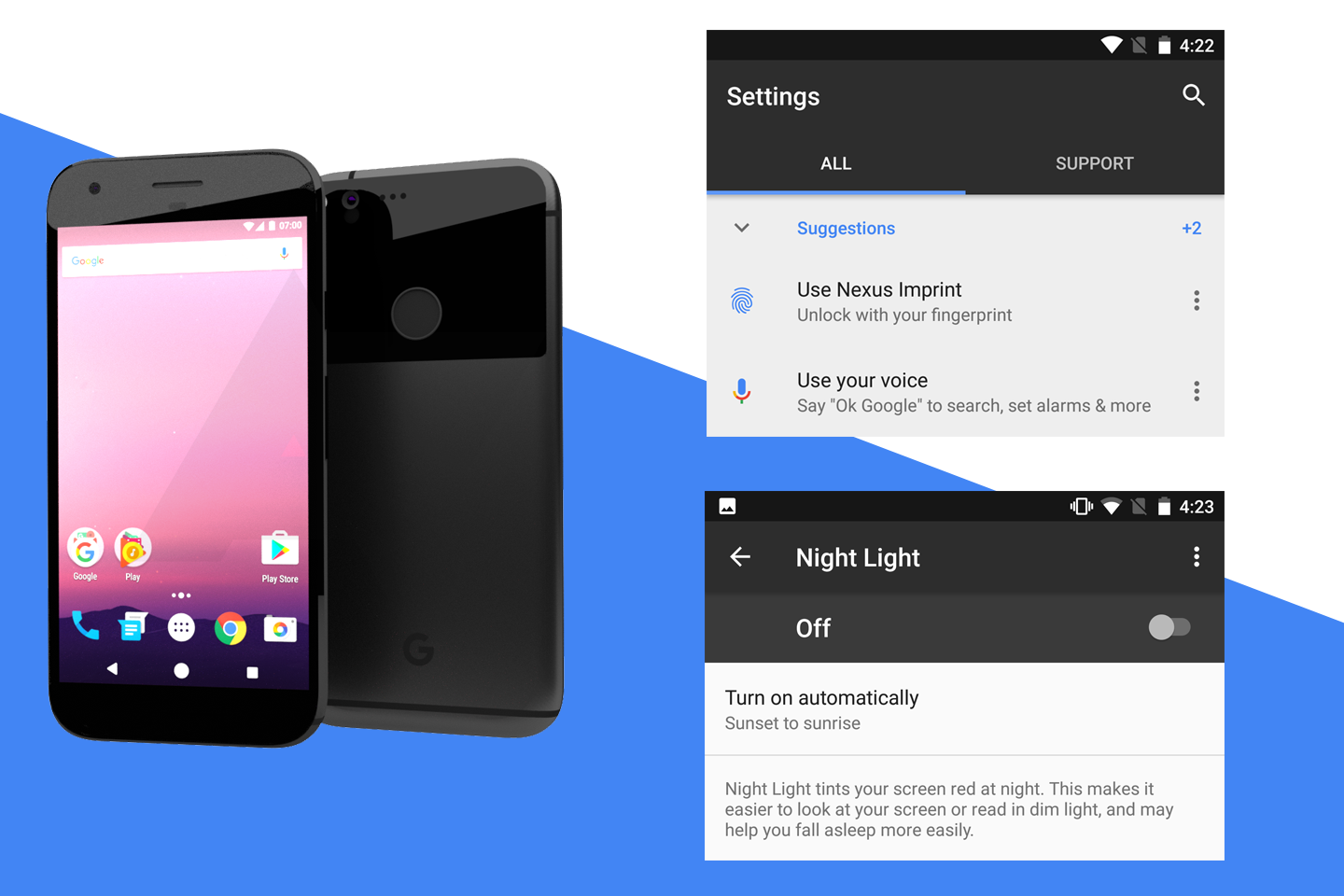
Google will introduce a new layout for its settings apps on the upcoming 2016 Nexus phones to accommodate its new Google Support tool (which we previously showed you), a new way to activate the ambient display mode via double-tap, as well as a "Night Light" to tint the display red (turn off blue pixels) for easier evening viewing, we've learned from a trusted source. The new settings UI and the Night Light mode are pictured below. We do not have any visuals of the support tab itself, unfortunately, though as we said in our previous exclusive, we believe the Google Support app will allow for live screen sharing with customer support reps for owners of supported Nexus devices.











